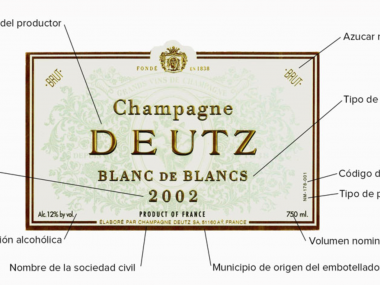Lately, there has been more and more talk about sulphites in wine. The natural wines, stand out as one of their greatest qualities the fact of not having them. But what do we really know about them and to what extent do they affect us? Here we answer these and other frequently asked questions about sulphites in wine.
Why are there sulphites in wine?
Sulphites are responsible for helping to preserve wine and delaying chemical reactions, which cause wine to deteriorate. Sulfur began to be used in winemaking at the beginning of the 20th century to stop the growth of bacteria and other yeasts.
How much sulfur is in wine?
Sulfur is something to expect in processed foods and, in fact, wine has a much lower amount than many of these products. While in most people it does not have a worrying effect, in those with asthma the chances of having a sensitivity to sulfites is between 5 and 10%.
As for the exact amount of sulphites we can find in wine, it ranges from about 5 mg/L (5 parts per million) to about 200 mg/L. A well-made dry red wine typically has around 50 mg/l.
Which are the wines with the highest amount of sulphites?
Wines with lower acidity need a greater amount of sulphites than those with higher acidity. At a pH of 3.6 and above, wines are much less stable, and sulfites are necessary for shelf life.
On the other hand, wines with greater color intensity (i.e., red wines) tend to need fewer sulfites than clear wines (i.e., white wines). A typical dry white wine can have around 100 mg/L, while a typical dry red wine will have around 50-75 mg/L.
Also, wines with higher sugar content tend to need more sulfites to avoid secondary fermentation of the remaining sugar.
Finally, it is important to note that wines that are warmer release free sulfur compounds, which explain that unpleasant sulfur odor, but can be solved by decanting and cooling the wine.






